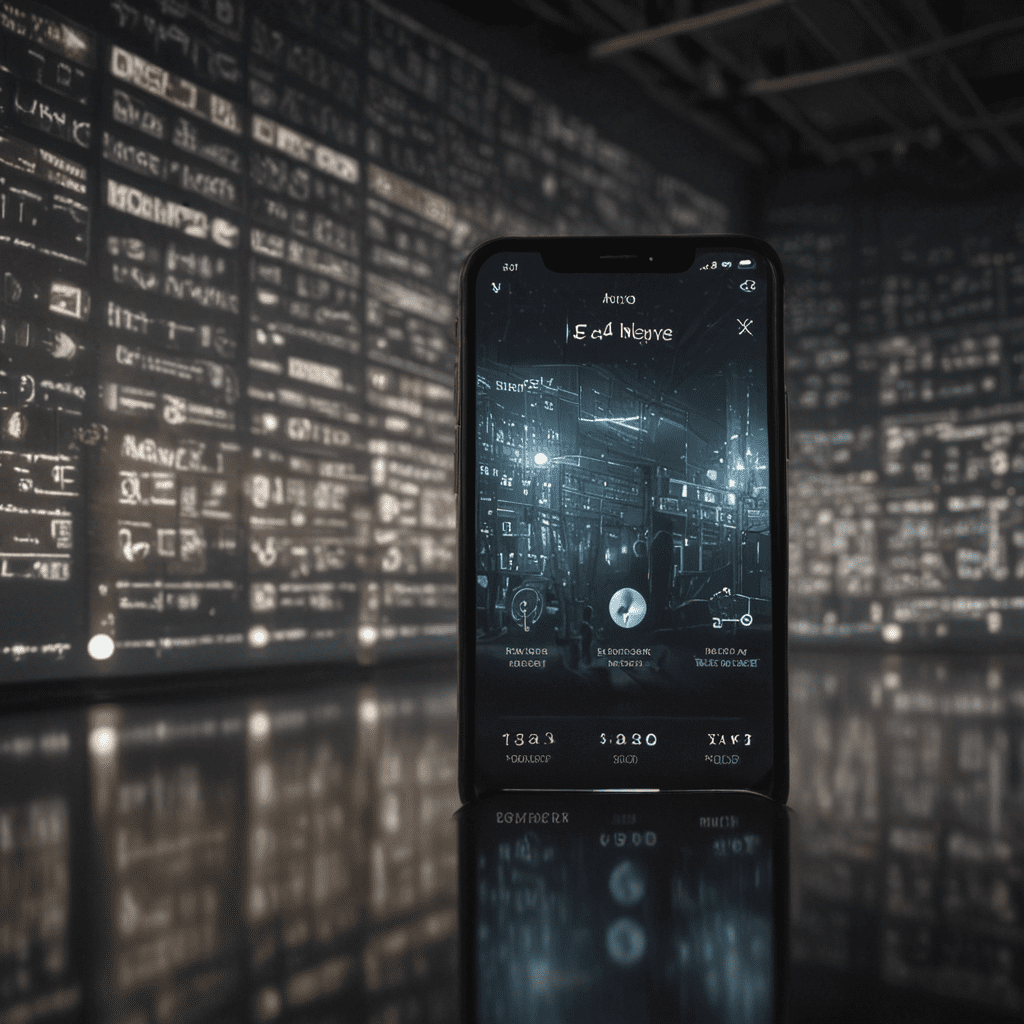Introduction: The Importance of UX and UI in Digital Experiences
In today's digital realm, User Experience (UX) and User Interface (UI) are paramount in creating engaging and seamless user interactions. They work in tandem to foster intuitive and effective digital experiences, whether it's a website, mobile app, or any other technology-driven solution.
Defining User Experience (UX) Design
UX design encompasses the comprehensive process of developing and refining digital experiences centered on the user. It encompasses various aspects, such as user research, prototyping, information architecture, and navigation design, to ensure that the product aligns with user needs, goals, and expectations. By understanding and catering to user pain points and desires, UX designers strive to make interactions intuitive, efficient, and ultimately enjoyable.
Understanding User Interface (UI) Layouts
UI layouts, on the other hand, refer to the visual and structural arrangement of elements within a digital interface. They encompass the placement, size, hierarchy, and overall aesthetics of buttons, menus, images, text, and other components. Well-designed UI layouts guide users effortlessly through their desired tasks, providing clarity, consistency, and an overall sense of organization within the product.
Principles of Effective UI Layout Design
Effective UI layout design adheres to principles such as visual hierarchy, alignment, proximity, and white space. Visual hierarchy establishes a clear order of importance among interface elements, guiding users' attention to essential information first. Alignment ensures elements are arranged logically, creating a sense of visual organization and flow. Proximity groups related elements together, reinforcing their association and facilitating user comprehension. White space (negative space) between elements enhances visual clarity and readability, preventing clutter and improving overall usability.
Types of UI Layouts and Their Applications
Different types of UI layouts are tailored to specific applications and user contexts. Common layouts include:
- Grid layouts: Organize content in rows and columns, providing a structured and organized arrangement often used in websites and dashboards.
- Card-based layouts: Present content in individual cards, allowing for flexible organization and content management frequently found in mobile apps and social media feeds.
- Tab-based layouts: Divide content into multiple tabs, enabling easy navigation and compartmentalization, commonly seen in productivity tools and web applications.
- Hamburger menu layouts: Conceal navigation options within a hamburger menu icon, saving screen space while maintaining accessibility.
Optimizing UI Layouts for Different User Groups
UI layouts must be optimized for diverse user groups with varying needs and preferences. Considerations include accessibility for users with disabilities, compatibility across different devices and platforms, and cultural sensitivities. By accommodating these factors, UI designers ensure inclusive and equitable digital experiences for all users.
Collaboration between UX Designers and UI Developers
Effective UX and UI require seamless collaboration between UX designers and UI developers. UX designers provide the user-centric insights, information architecture, and prototypes. UI developers translate these designs into functional, visually appealing, and interactive interfaces. This collaborative approach fosters synergy and ensures a cohesive and user-centric digital product.
Case Studies of Successful UX and UI Implementations
Numerous case studies showcase successful UX and UI implementations. Examples include:
- Google Search: Its simple, intuitive UI layout prioritizes the search bar, enabling effortless information retrieval.
- Amazon: Its grid-based layout effectively organizes vast product offerings, enhancing discoverability and purchase efficiency.
- Airbnb: Its tab-based layout simplifies navigation, allowing users to seamlessly switch between search, reservations, and account management.
Conclusion: The Importance of a Seamless UX/UI Relationship
UX and UI play intertwined roles in shaping user experiences. By understanding and adhering to UX principles, UI designers create layouts that guide users intuitively through their desired tasks. Collaborative efforts between UX designers and UI developers ensure that these layouts align with user needs and deliver seamless, engaging digital experiences that foster satisfaction and loyalty. A well-executed UX/UI relationship ultimately translates into increased user adoption, improved business outcomes, and a lasting positive impact on brand reputation.
FAQs:
Q: What is the difference between UX and UI?
A: UX (User Experience) encompasses the entire user journey, focusing on understanding user needs, goals, and pain points. UI (User Interface) refers to the visual and interactive elements that users directly interact with.
Q: Why is UI layout design important?
A: UI layout design ensures that digital interfaces are intuitive, organized, and aesthetically pleasing, enhancing user engagement, efficiency, and overall satisfaction.
Q: What are some best practices for UI layout design?
A: Effective UI layout design follows principles like visual hierarchy, alignment, proximity, and white space. It considers accessibility, device compatibility, and cultural factors to provide inclusive experiences for all users.
Q: How do UX designers and UI developers collaborate?
A: UX designers provide user research, prototyping, and design guidelines, while UI developers translate these designs into functional, visually appealing interfaces. Collaboration ensures a seamless integration of UX principles into the final product.

